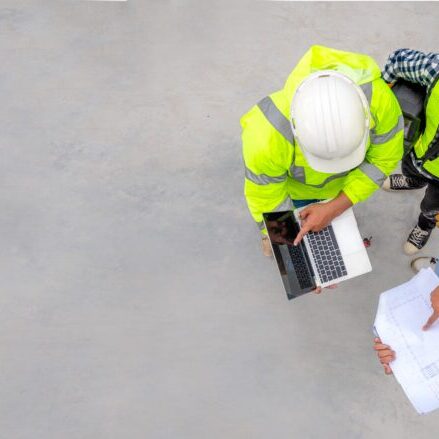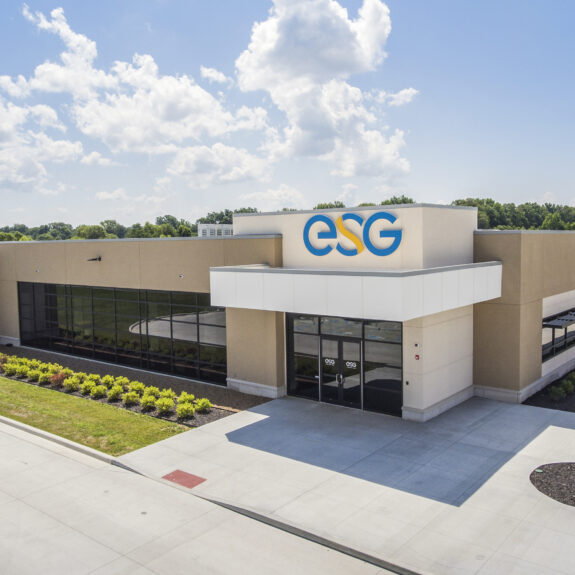Navigating the Fiscal Cliff: How Infrastructure Projects Can Help K-12 Schools Thrive
As the ESSER (Elementary and Secondary School Emergency Relief) funding dries up, K-12 schools across the nation are bracing for what many are calling the "fiscal cliff." This sudden financial shortfall is putting immense pressure on school districts that have relied on federal aid to keep classrooms open, pay staff, and address the many challenges brought on by the COVID-19 pandemic. For many districts, this may feel like a perfect storm: budget cuts, declining enrollment, and aging facilities all converging at once.
But amid these challenges lies a hidden opportunity: infrastructure projects. Investing in energy efficiency, modernizing buildings, and upgrading outdated systems can seem daunting when money is tight. However, these projects can be a strategic move that not only improves the learning environment but also frees up cash in ways that can help schools break the cycle of budget cuts and declining resources.
The Superintendent’s Guide to School Revitalization provides school leaders with solutions to navigate these challenges and explore how infrastructure improvements can renew their district. The guide outlines strategies for optimizing funding, improving energy efficiency, and enhancing school facilities to benefits students and teachers.
Understanding the ESSER Fiscal Cliff
The ESSER funds, a lifeline during the pandemic, provided over $190 billion in federal aid to schools to address immediate needs such as remote learning, PPE, and student mental health support. However, these funds were never meant to be permanent. With the final deadlines for spending approaching, many districts are now grappling with the end of this critical support.
This sudden reduction in funding is set against a backdrop of other financial challenges. Enrollment numbers are declining in many areas, reducing state and local funding tied to student headcounts. Additionally, deferred maintenance and aging infrastructure have left many schools with crumbling buildings that are expensive to operate and maintain. The result? Many districts are finding themselves caught in a cycle of budget cuts that seem impossible to break.

The Case for Infrastructure Investment
While it may seem counterintuitive to invest in infrastructure during a financial crunch, the reality is that these projects can deliver significant long-term benefits. Here’s how:

1. Energy Savings Lead to Cost Savings: Modernizing outdated heating, ventilation, and air conditioning (HVAC) systems, switching to LED lighting, and installing solar panels are just a few examples of upgrades that can drastically reduce utility costs. For instance, the U.S. Department of Energy estimates that schools can reduce energy use by up to 30% through efficiency improvements, which translates directly into financial savings that can be redirected toward academic programs or staff salaries.

2. Unlocking New Funding Streams: Infrastructure projects often qualify for various grants, low-interest loans, and other funding mechanisms that aren’t available for operational expenses. Leveraging these opportunities can allow schools to make necessary improvements without dipping into already strained budgets. Programs like the federal Energy Efficiency and Conservation Block Grant (EECBG) can provide crucial financial support for schools willing to invest in sustainability.

3. Breaking the Cycle of Budget Cuts: Many schools find themselves in a vicious cycle where budget cuts lead to deferred maintenance, which then leads to more costly repairs down the road. By taking proactive steps now, schools can break this cycle, reducing long-term expenses and creating more predictable budgets. This shift can help stabilize school finances, providing a firmer foundation for future planning.

4. Demonstrating Fiscal Responsibility to Stakeholders: Investing in infrastructure sends a strong message to parents, staff, and the community that the district is committed to responsible financial management. By using savings from efficiency projects to directly benefit students, schools can build trust and support from their stakeholders, which is invaluable when making difficult budget decisions.
Overcoming Common Hurdles
Despite the clear benefits, many schools are hesitant to pursue infrastructure projects due to perceived challenges such as initial costs, project complexity, and limited expertise. Here are some ways to address these concerns:
- Start Small, Scale Up: Not every project needs to be a massive overhaul. Start with smaller, high-impact initiatives like LED lighting upgrades or weatherizing windows and doors. These projects often have quick paybacks and can generate immediate savings that can be reinvested into larger improvements.
- Leverage Expert Partners: Partnering with energy service companies (ESCOs) can help schools navigate the complexities of planning, financing, and executing projects. These partners can offer performance contracts that guarantee energy savings, reducing financial risk and ensuring that the school reaps the benefits.
- Tap into Funding Programs: Schools should explore available state and federal funding programs designed specifically to support infrastructure improvements. From rebates for energy-efficient equipment to grants for renewable energy projects, these resources can significantly reduce upfront costs and make projects more financially feasible.
- Engage the Community: Transparency and communication are key. Engage parents, staff, and students early in the planning process to build support and gather input. Demonstrating how these projects will benefit students and save money can help garner the buy-in needed to move forward.



The fiscal cliff may feel like a looming disaster, but it’s also an opportunity to rethink how schools manage their resources. By investing in infrastructure, K-12 schools can create more efficient, cost-effective, and supportive environments for students and staff. These projects not only address immediate financial challenges but also lay the groundwork for long-term success.
While the path forward may seem daunting, it’s clear: there has never been a better time for schools to take control of their futures. Infrastructure investments can be the key to breaking free from the cycle of budget cuts, declining enrollment, and crumbling buildings, allowing schools to thrive even in the face of financial adversity.
The Superintendent’s Guide to School Revitalization offers straightforward actionable steps for School leaders to begin modernizing their district without new construction. The guide is a quick read packed with ways to make your community a destination district.



